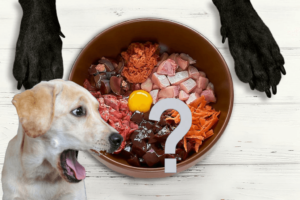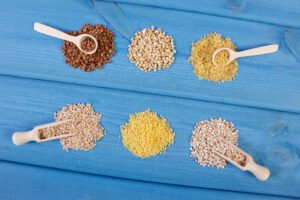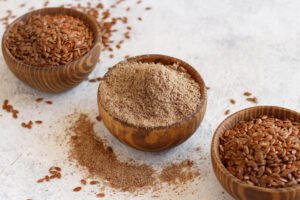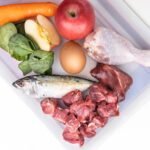If you’re considering a switch to raw diets for dogs, you might be wondering if they are indeed a healthier choice compared to traditional commercial dog foods. This blog delves into the pros and cons of raw feeding, backed by expert opinions and scientific research, to help you decide the best for your furry friend’s nutrition.
What is a Raw Diet for Dogs?
A raw diet for dogs typically consists of raw meat, bones, and organ meats, along with a mix of fruits and vegetables. This type of diet attempts to replicate what wild canines eat, with the aim of providing a more natural option for domestic dogs.
Benefits of Raw Diets for Dogs
- Enhanced Energy and Vitality: Owners often report a boost in their dog’s energy levels on a raw diet.
- Improved Coat and Skin Health: The high levels of natural fatty acids in raw meat can lead to a shinier coat and healthier skin.
- Better Digestive Health: Raw diets are often easier for dogs to digest, resulting in smaller and less odorous stools.
- Dental Advantages: Chewing on raw, meaty bones can help reduce tartar and improve overall dental health.
Risks of Feeding Raw
- Bacterial Contamination: Raw meats can carry bacteria like Salmonella and E. coli, which can pose health risks.
- Nutritional Imbalances: If not properly balanced, raw diets may lack essential nutrients.
- Choking Hazards: Bones can splinter and pose risks of choking or internal injuries.
Expert Opinions
While some veterinarians advocate for the benefits of raw diets, others caution against them due to the risks of contamination and nutritional deficiencies. The consensus is that any raw diet should be approached with careful planning and consultation with a vet.
Incorporating Raw Diets
Switching to a raw diet isn’t a decision to be made lightly. It requires understanding the right balance of nutrients and being prepared for the extra time and effort needed to prepare meals safely.
Conclusion
Raw diets for dogs offer potential benefits but come with certain risks. Before deciding, weigh the pros and cons, and consult with a veterinarian to ensure the health and safety of your pet.
Useful Links
- Learn more about Balanced Diets for Dogs on our site.
- For safe handling practices, visit the FDA’s guidelines on raw pet food.
Frequently Asked Questions
1. What are the main components of a raw diet for dogs?
- A raw diet typically includes raw meat, bones, organ meats, and a mix of fruits and vegetables.
2. Are raw diets safe for all dogs?
- Raw diets can be safe if properly managed, but they are not suitable for all dogs. Consult with a veterinarian, especially if your dog has health issues.
3. How do I start my dog on a raw diet?
- Transition slowly, starting with small amounts of raw food mixed with their current diet, and gradually increase the proportion over several weeks.
4. Can raw diets cure allergies?
- Some owners report improvements in allergy symptoms with raw diets, but results can vary. A vet can offer guidance based on your dog’s specific health needs.
5. What are the risks of raw diets for dogs?
- The primary risks include bacterial contamination, nutritional imbalances, and the potential for choking on bones.

























